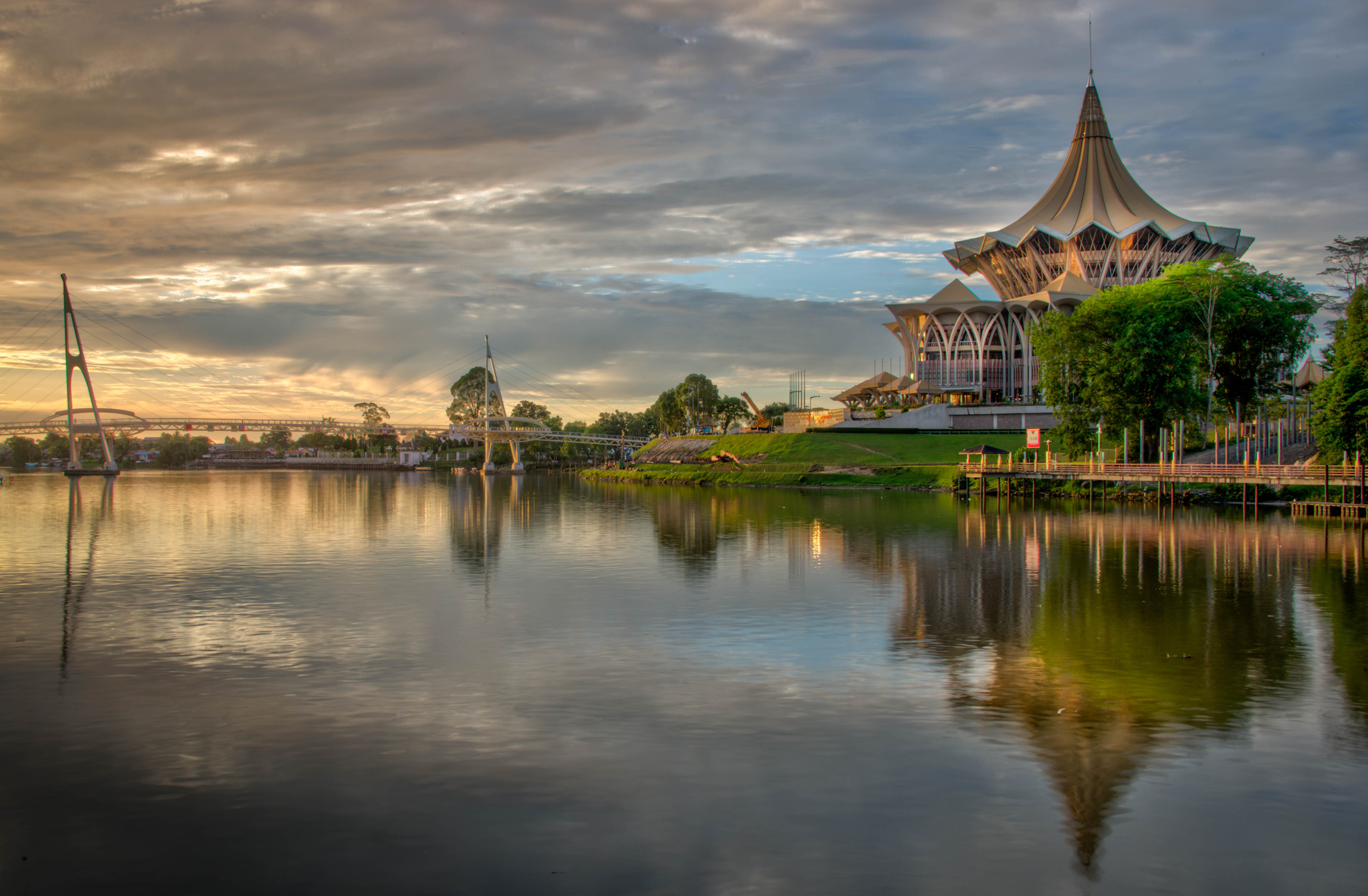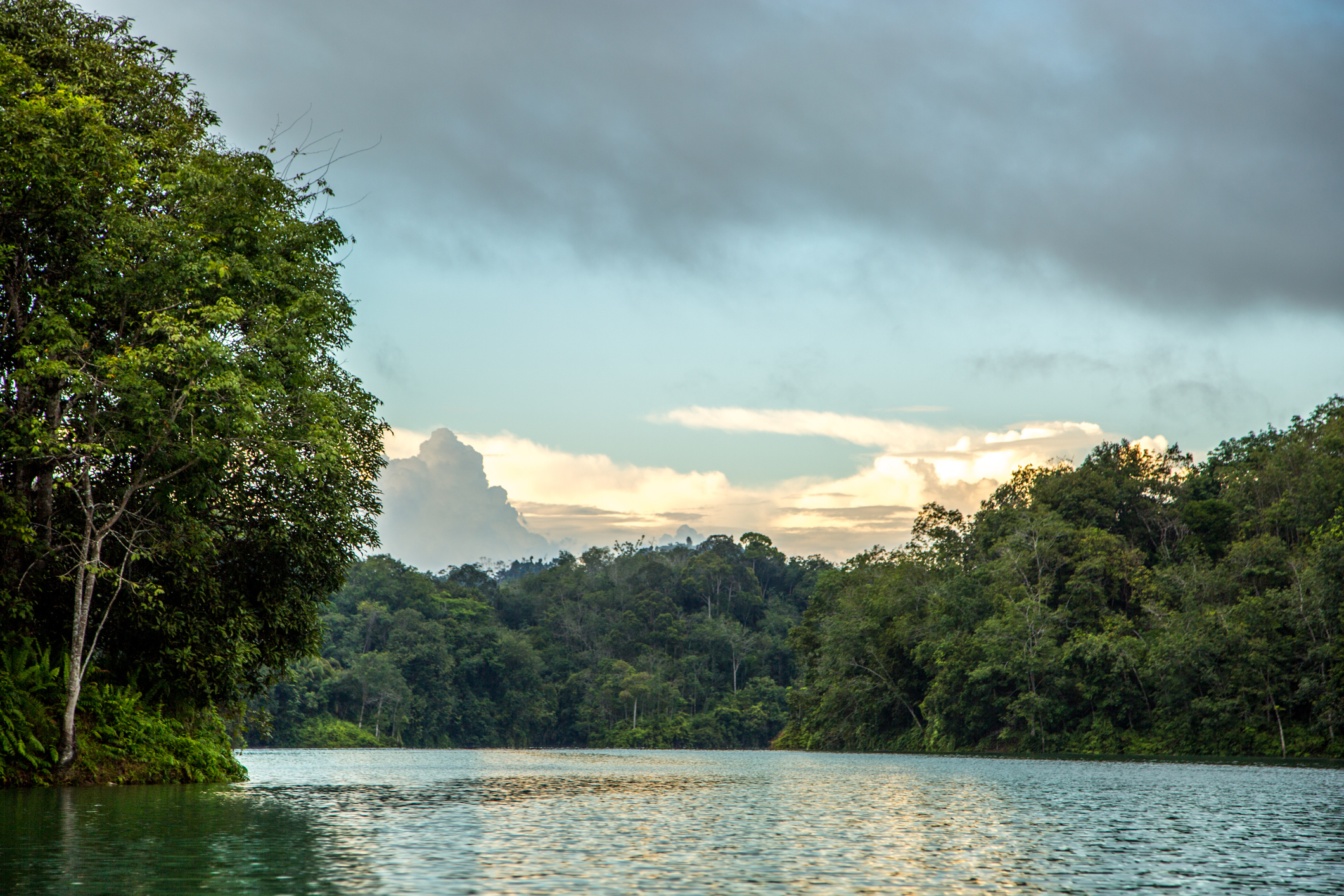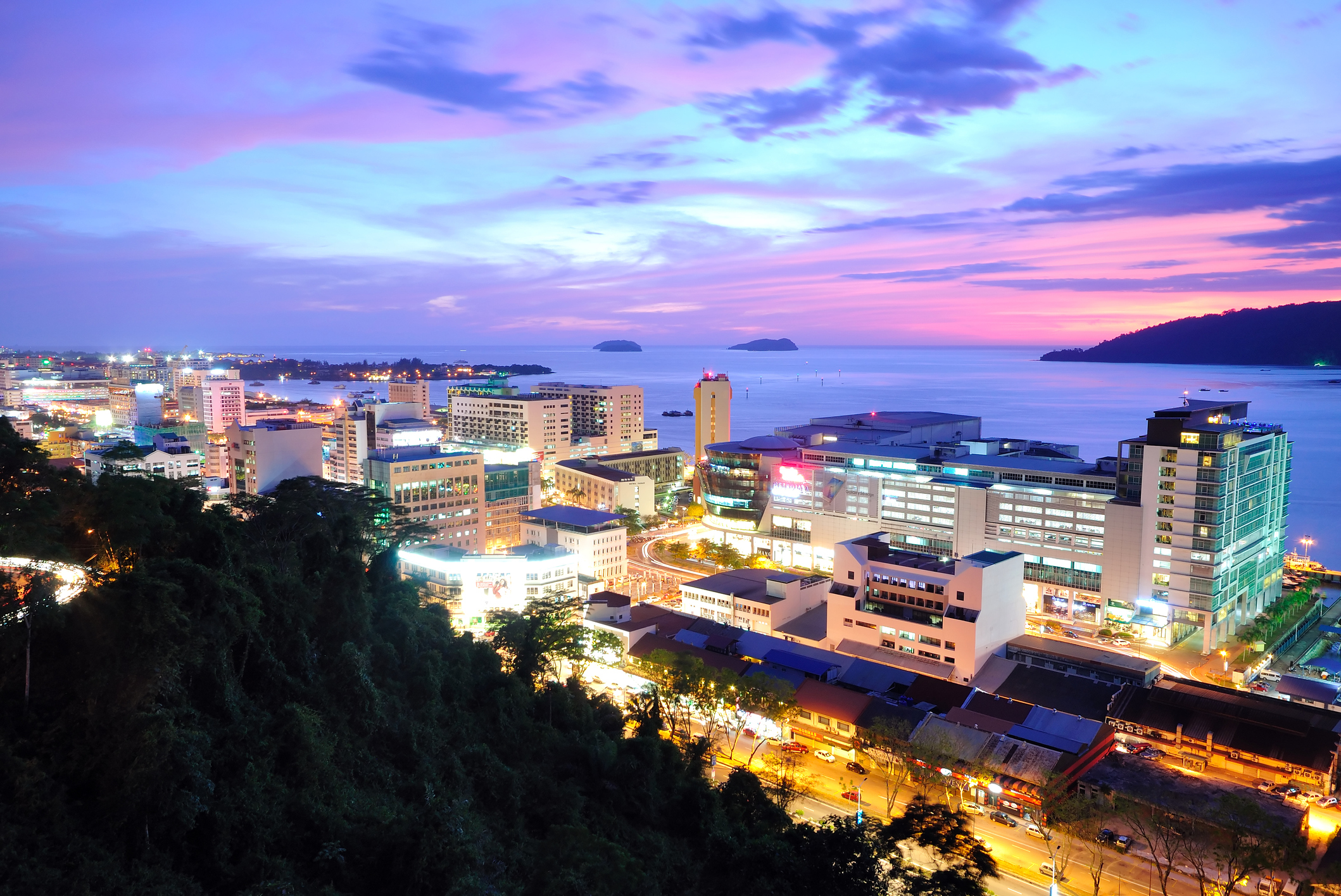
Kuching
A wide variety of indigenous and immigrant cultures combine to form Kuching’s unmistakable cultural mélange, expressed not only in its historic architecture and ethnic diversity, but in its legendary laksa, multicoloured cakes and freshly blended gourmet coffee.
Two hundred years ago, this area of Borneo at the southwestern tip of Sarawak State was part of the Kingdom of Brunei. In 1842, however, it was ceded to the British soldier and adventurer James Brooke, and for the next century it was ruled as an independent kingdom by Brooke and his descendants: AKA the “White Rajahs of Sarawak”.
Though far from unproblematic, the Brookes dynasty’s reign is still looked upon as something of a golden age for Kuching, bringing wealth, stability and good governance to the region, outlawing headhunting and piracy, and leaving the city with a legacy of impressive 19th century architecture.
The last White Rajah ceded his kingdom to the British crown in 1946, and Sarawak became part of Malaysia with independence in 1963. Today, Kuching is the capital and most populous city in the state, and its grand 19th century buildings, riverfront esplanade and chic bistros selling gourmet blended coffee lend it an almost Parisian atmosphere. Head to Little India and you’ll find mosques, spice stalls, and shophouses with Indian-style arches, while at the Main Bazaar you’ll find hanging lanterns and Hokkien temples. In the Sarawak Museum, meanwhile, you’ll find musical instruments, animal traps and wood carvings produced by the indigenous Dayak peoples.
Though Kuching’s history is enough to keep you busy for days, our favourite thing about the city is the food. Nowhere is Kuching’s diversity more richly (or deliciously) represented: savoury stuffed pastries, spicy fruit salads, multi-coloured layer cakes, and of course the legendary Sarawak laksa – one of Malaysia’s best-loved dishes.


